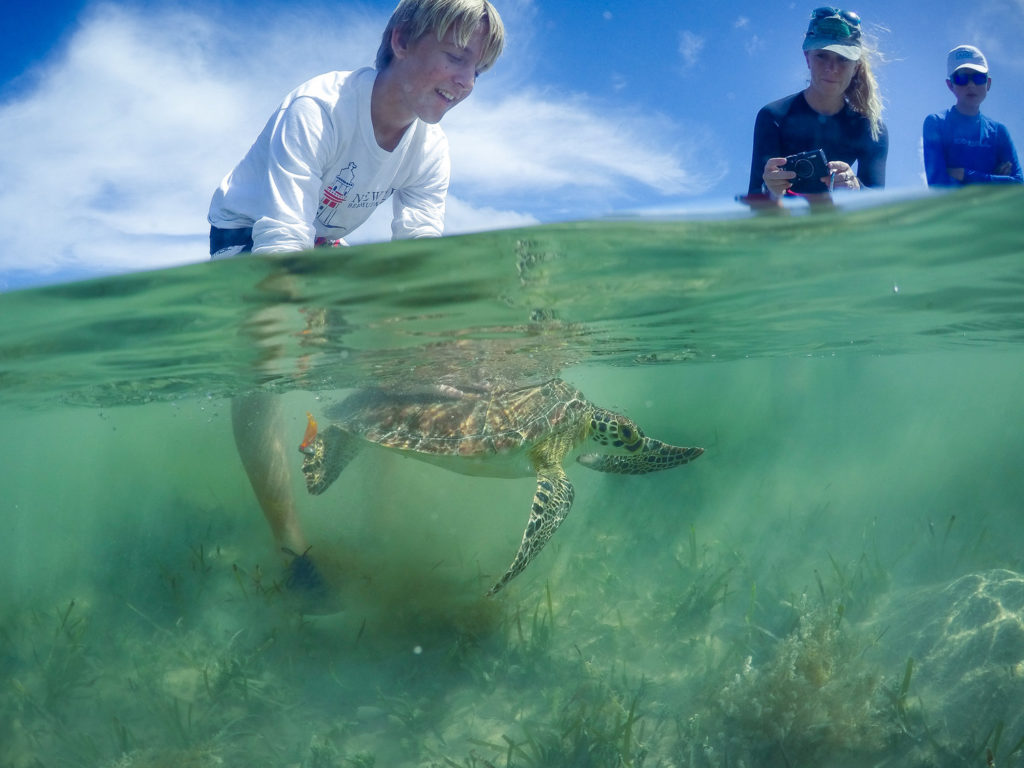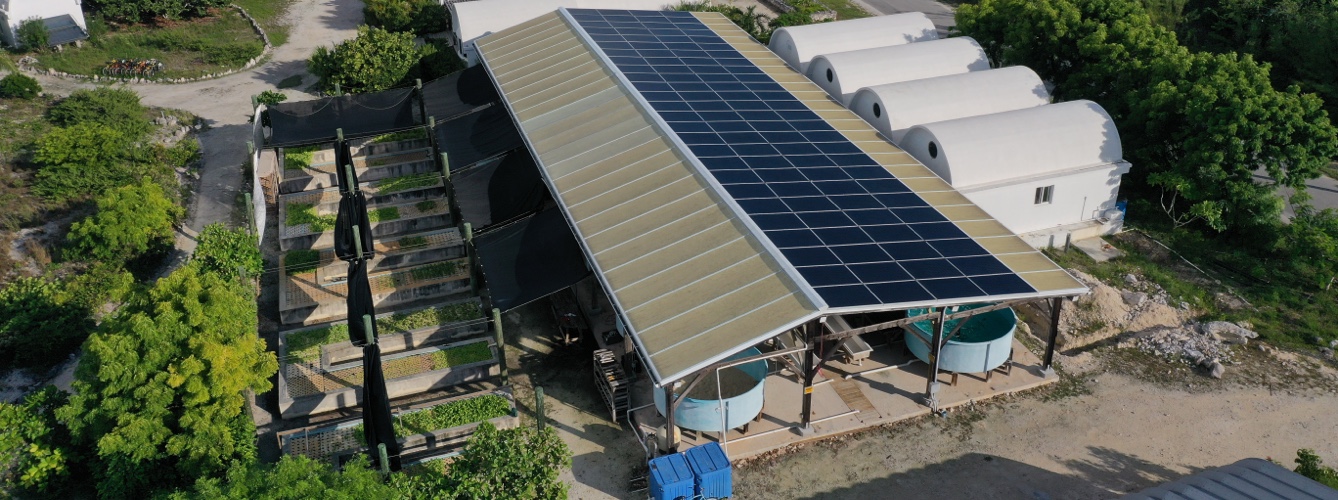Lobster Research
Protecting The Bahamas’ Lobster Fishery
Caribbean spiny lobsters (Panulirus argus), named for the sharp spines found across their bodies, are widely known as ‘crawfish’ in The Bahamas, and they inhabit coastal wetlands and sea grass beds. This species is found throughout the Caribbean, but The Bahamas catches more spiny lobster than any other country in the region. In fact, this fishery makes up more than 80% of all fisheries income in The Bahamas.
The crawfish fishery is largely based around the use of artificial shelters called ‘condos’ or ‘casitas’. The use of these shelters is controversial: they are banned in the USA but encouraged in other countries. Our research aims to evaluate how these shelters interact with the wider marine ecosystem and what impacts they might have on lobster populations and other marine species.

Sustainability
The Bahamian spiny lobster fishery was recently certified as a sustainable fishery by the Marine Stewardship Council and a key part of this process is understanding how the fishery impacts the wider ecosystem. This project is helping to fill knowledge gaps that will ensure the future sustainability of the fishery.
Partners
- The Bahamas Spiny Lobster Working Group
- The Nature Conservancy
Publications
- Higgs, ND., Newton, J. & Attrill, MA. Caribbean spiny lobster fishery is underpinned by trophic subsidies from chemosynthetic primary production. Current Biology, 26:3393-3398. 2016.
- Higgs, ND. Report on the monitoring of lobster fishery impacts on endangered threatened and protected species in The Bahamas. WWF-US, 20 pp. 2016.
- Higgs, ND. Report on monitoring of lobster fishery impacts on marine habitats and ecosystems in The Bahamas. WWF-US, 16 pp. 2016.
For more information, contact research@islandschool.org.
CEI Stories
The diversity and ecological complexity of Eleuthera’s coastline is astonishing. I feel so privileged to work in an array of habitats, including tidal mangrove creeks and seagrass flats, which are not only incredibly beautiful, but also provide many opportunities for impactful research studies. The work being done on our coastal habitats is essential to protecting populations of many juvenile organisms that are critical to the stability of these ecosystems and the Bahamian fisheries that rely on them.

